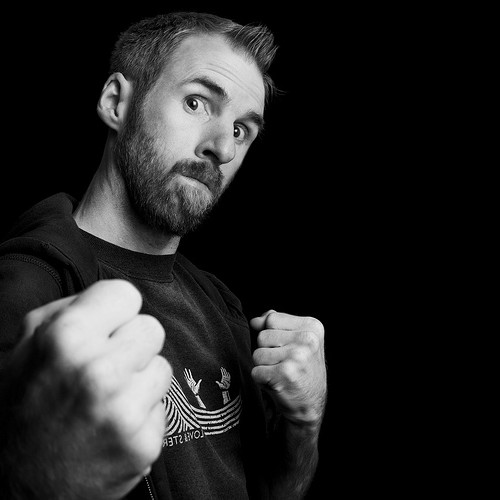Raising the Stakes in Every Scene
Today’s guest post is by best-selling author DiAnn Mills.
In the art of story writing, high stakes keep the reader turning pages. The writer establishes an endearing character and quickly tosses him into a troublesome incident. Our adventure begins.
Spellbinding tension in every scene causes the reader to forget about time and space. The genre doesn’t matter, only what a beloved character must do as a hero. Opposition simmers and boils in every scene, elevating the stakes higher than the previous one.
When writers understand the purpose of high stakes, they see how an unexpected turn of events affects a character’s goal and ultimately the story’s climax. These are the competitive factors between the protagonist and the antagonist, laced with the protagonist’s high probability of failure. Incorporating stress, tension, and conflict in every scene ensures a story thrives.
The techniques used are not formulaic writing but a necessity to make sure the reader remains captivated from chapter one, line one, to the last word.
In every scene, a writer creates a defining moment in which the happenings are brought to a hazardous level that defies what the character intended.
The stakes must be difficult, impossible, overwhelming, and the character has no choice but to proceed. Interruptions to a character’s daily routine, inconveniences, and annoyances are not standard heroic ventures.
The deeper the struggle, the more a character must think and move to repair what’s been done or initiate new action. Creating this dimension puts the protagonist on shaky ground. Nothing is easy, forcing characters to change and grow in the process.
Inner turmoil is the contributing factor to higher stakes. It originates in the backstory—life experiences that left the character mentally or emotionally weak which must be overcome before the character can achieve the story’s goal. Not all backstory is detrimental. The positive and the negative help form who the character is in the story.
How does a writer add conflict to help increase high stakes?
- Force the character to choose between two rights or two wrongs. The character must face the consequences for her actions.
- Include a ticking clock to the plot. How does a time limit add to the high stakes?
- Develop a crucible with strong motivation as to why the character and the antagonist will not give up the physical, mental, or emotional elements that bind them together.
- Establish symbolism to heighten the goal or problem.
- Use subtext to muddy the waters in character relationships.
How does a writer measure the magnitude of a scene and ultimately the story’s high stakes?
What is the circumference of the character’s world?
- What will the character risk or lose if unsuccessful?
- What could the character gain?
- If the character quits, what’s the outcome? Does it affect a few people or large masses?
- Does anyone really care if the protagonist wins or fails?
- How does defeat reshape or form a character’s goal?
How does a writer develop a scene that isn’t contrived?
These four plot questions contribute to tight, action-packed scenes.
- What is the point of view character’s goal or problem?
- What does the point of view character learn along the way?
- What aspect of backstory is revealed? Hold back for the first approximately fifty pages.
- How are the stakes raised?
High stakes are the lifeblood of story.
What techniques do you use to keep your reader actively engaged?
Want to go deep into high stakes? Check out these past posts on the topic:
The Secret to Crafting High Stakes
Creating Believable High Stakes for Your Characters
DiAnn Mills creates action-packed, suspense-filled novels to thrill readers, and her new novel, Fatal Strike, is releasing this month. Her titles have appeared on the CBA and ECPA bestseller lists; won two Christy Awards; and been finalists for the RITA, Daphne Du Maurier, Inspirational Readers’ Choice, and Carol award contests. Visit DiAnn at her website here.












Thanks for the guest blog!
Very interesting article, thanks. I think I’m in agreement with everything you say.
Writing SF with a special agent protagonist I have to do this all the time. Looking at your list I think I’m already doing everything you suggest, although I sometimes overdo the backstory.
I start with something being slightly wrong, the first hint of a gathering storm that threatens to destroy the Earth. At each twist things get worse until the final showdown.
I do have a ticking clock near the end. However I actually let it run out, the command to blow up the Earth is transmitted by radio. The protag, who is safe in her spaceship, can use the faster than light drive to overtake the radio waves and cancel the command before it arrives. To do this she has to fly dangerously close to the sun, with the antag on board, and deal with him as well.
It’s perhaps not a spoiler to say that she gets home in a very badly damaged spaceship, but her enemy is in the second pilot’s seat beside her, dead.
The only major difference is that my protag, Jane, faced with a stark choice between A and B will reject C as too obvious, D too likely to go wrong, consider E although it’s against regulations and finally do F, something so left-field that nobody sees it coming. When Arthur (antag) is trying to get secret information out of Jane she’s faced with betraying Space Fleet or being tortured to death. This is her explanation afterwards:
She left the ship on a patch of waste ground, at the rear of a single-storey brick building which had once been an electronics factory. Keefe was already inside, waiting for her. He waved her into a small, glass-walled office and offered her a chair.
‘They’ve almost finished building it,’ he said, ‘although I’m still having trouble believing what happened. You told Arthur that it was an orthodynamic drive, and he swallowed it.’
‘Hook, line, sinker and a three-hour angling video. He’d no idea what the drive looked like, and he so desperately wanted to believe that he’d dragged it out of me, that he fooled himself. It’s sometimes easier that way.’
‘Sorry?’
‘There’s no deception like self-deception. Once he’d convinced himself that he’d broken me, he believed every word I said.’
By appearing to break down under interrogation she’s fooled the antagonist into believing her, got control of the situation, and won.
Great article. I have passed it on to my writing students!